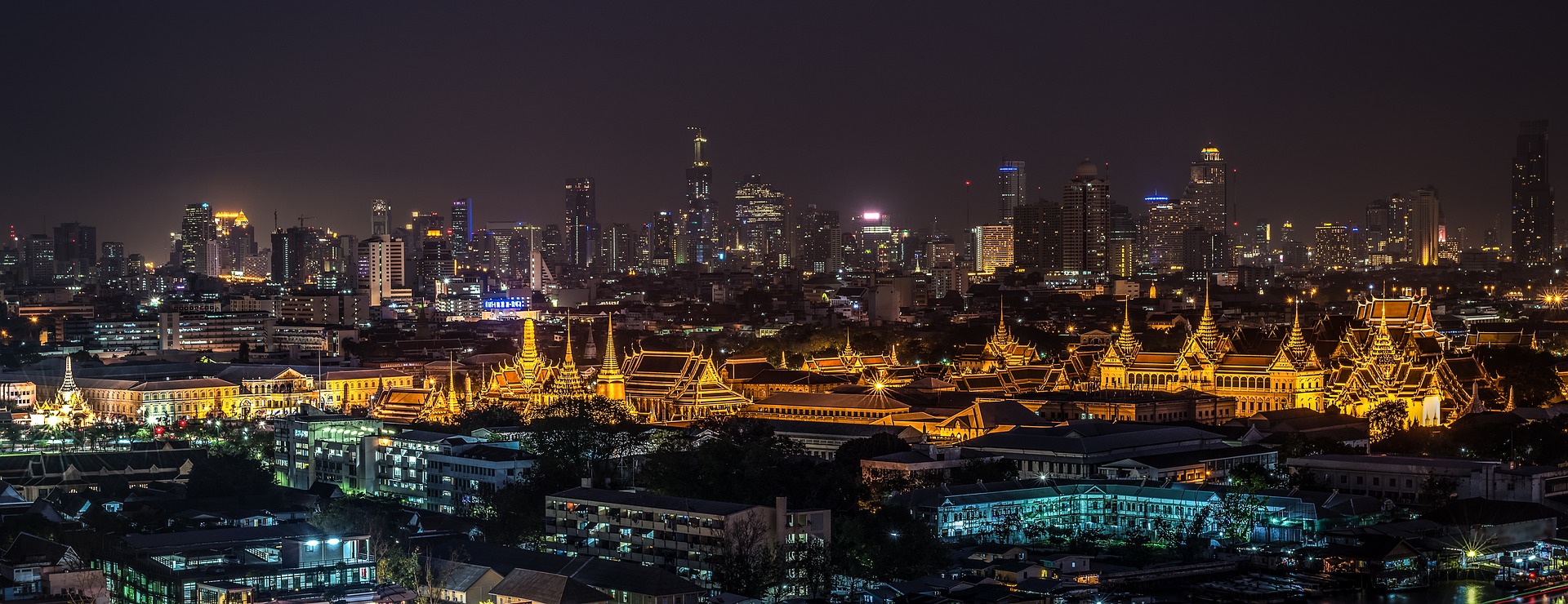Grand Palace Bangkok

The Grand Palace is a complex of buildings located in the heart of Bangkok, Thailand. It has served as the official residence of the Kings of Siam since 1782, and is still used today for important royal ceremonies and state occasions. The history of the Grand Palace is intertwined with the history of Thailand, and provides a glimpse into the rich cultural heritage of the country.
The Grand Palace was built in 1782 by King Rama I, the first king of the Chakri dynasty, which still rules Thailand today. He moved the capital from Thonburi to Bangkok, and built the Grand Palace as his new residence. Over the years, many other buildings were added to the complex, and it became a symbol of the power and wealth of the Thai monarchy.
One of the most impressive buildings in the Grand Palace complex is the Temple of the Emerald Buddha, or Wat Phra Kaew. This temple houses the famous Emerald Buddha, a small statue made of green jade that is considered the most sacred object in Thailand. It is said to have been discovered in northern Thailand in the 15th century, and has been kept in the Grand Palace ever since.
Throughout its history, the Grand Palace has played an important role in Thai politics and culture. It was the site of many important ceremonies, such as the coronation of new kings, and was also used as a venue for important cultural events, such as the Royal Ballet. It was also a place where foreign dignitaries were received, and where important treaties and agreements were signed.
The Grand Palace has survived many challenges over the years, including wars, natural disasters, and political upheavals. During World War II, it was occupied by Japanese forces, but was later reclaimed by the Thai government. In the 1950s and 1960s, it was a focal point of political unrest, as students and activists protested against the government and the monarchy.
Today, the Grand Palace is one of the most popular tourist attractions in Bangkok, attracting millions of visitors each year. It is a must-see destination for anyone interested in Thai history and culture, and is a testament to the enduring power and influence of the Thai monarchy. The complex includes many impressive buildings and monuments, including the Phra Maha Monthian, the Chakri Maha Prasat, and the Dusit Maha Prasat.
Visitors to the Grand Palace can take a guided tour of the complex, which includes a visit to the Temple of the Emerald Buddha and other important buildings. They can also learn about the history of the Thai monarchy and the role of the Grand Palace in Thai culture. The complex is open daily from 8:30 am to 3:30 pm, and is closed on certain holidays and during royal ceremonies.
In conclusion, the Grand Palace is an important part of Thai history and culture, and serves as a reminder of the power and influence of the Thai monarchy. It has survived many challenges over the years, and continues to be a symbol of the enduring strength and resilience of the Thai people. It is a must-see destination for anyone visiting Bangkok, and is sure to leave a lasting impression on all who visit.
Text generated by ChatGPT. Image by sasint via Pixabay.
